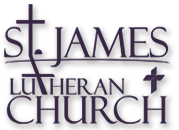Saint James Lutheran Church -
Missouri Synod
A Message for the City of Montague’s Sesquicentennial
In the mid 1800’s, groups of immigrants from Scandinavia, The Netherlands, Germany, France and England settled in the Western Michigan counties of Muskegon and Oceana. Most employment was in the lumbering business. As the lands were cleared of timber, agriculture became the prevalent occupation.
Early History
On September 15, 1872, the first Lutheran service was led by Reverend Torney and held in a private residence in Ludington, Mi. The attendees decided regular services should continue and asked Rev. Torney to prepare a document stating that the Bible is divinely inspired and the inerrant Word of God, and the Augsburg Confession and Martin Luther’s Small Catechism were in full accord with Holy Scripture.
On February 16, 1873, the document was agreed upon and signed by twenty individuals. The Evangelical Lutheran Congregation of Saint James, Montague, Muskegon County began meeting in the German Baptist Church of Montague until their church could be erected in the coming year.
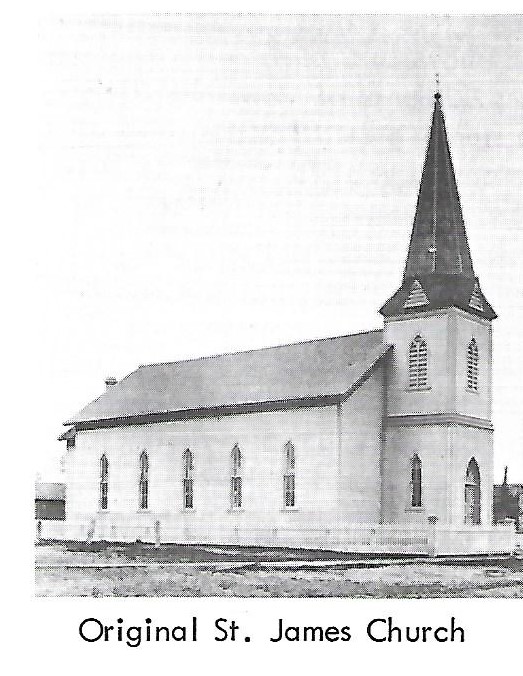
Many members lived to the north in Claybanks Township. The distance, weather and poor road conditions made travel to Montague difficult. In 1879, they requested a release from St. James and formed the Evangelical Lutheran Congregation of Peace in Claybanks Township, Oceana County. They built their church and adjacent cemetery. Peace Lutheran remained a dual parish with St. James, shepherded by the same pastor. In 1961, due to declining membership, Peace Lutheran was closed and the remaining members merged back with St. James. The church was razed but the cemetery remains and is under the care of St. James.
In 1894, the Evangelical Lutheran Congregation of Emmaus was founded about three miles east of the Village of Rothbury in Oceana County. After World War I the membership was declining and the congregation also merged with St. James Lutheran in Montague.
Education
From the very beginning the members of St. James Lutheran Church realized the value of religious education and training. Mindful of the Lord’s command to “bring up the children in the nurture and admonition of the Lord’, and that this is not a directive to parents only, but to a Christian congregation also, it was decided to establish Christian Day School.
A schoolhouse was built in 1885 on the corner of Dicey and Lasley. Diligently and faithfully the respective Pastors carried out this part of teaching and training. For nearly three decades this institution was a valuable asset to the congregation. As the century turned enrollment began to decline due to travel issues with the enlarging rural areas. The Day School was closed in 1912, but religious instruction continued with summer and Saturday School along with Catechism lessons during Sunday worship hours. In 1939, the school building was in need of major repair and it was decided to sell to a private party. The building was demolished and the lot remains vacant except for a boulder with a commemorative plaque.
In the late 1920’s, Pastor Krug continued summer classes, Saturday School and Sunday Catechism lessons, but also implemented Sunday School with four teachers, the Misses Marion Carleton, Marie Heitman, Louise Mangold and Ruth VanFrank. Enrollment in the Sunday School program grew every year. It was a true blessing but also meant more space was needed to function properly. The former C. F. Cordes home was purchased and used for this program. The Cordes home was located on the corner of Stebbins and Lasley, directly across Lasley from the church. The building was removed in 1968 and the site is now parking for the congregation.
Assimilation
The original members of St. James were German. All communications, spoken or written, were in the German language. All worship services, meetings, education and documents were in German. In 1917, the congregation approved one evening service a month to be conducted in English. In 1919, Catechism classes and the Rites of Confirmation were conducted in English. In 1928, at the beginning of Pastor Krug’s pastorate, weekly services were conducted in both German and English. In the 1930’s, the German services were discontinued and all services, meetings and documents were in English.
Construction and Expansion
The original parsonage was constructed in 1880 on the corner of Dicey and Lasley. In 1950, the house was sold and moved to another location. It was replaced by the current brick home. It has undergone many renovations and has been used by past pastors and many of our staff, including several Directors of Christian Education, a Deaconess and our current Vicar.
The original church building was started in 1873 and dedicated the following year. The original site, the corner of Stebbins and Lasley, was donated by the lumbering firm, Ferry and Company. After fifty years of faithful service the building was considered unsafe and was replaced by the current brick structure. The new construction began in 1929 with many members doing the excavation work. The building was erected by the J. Olsen and Sons Construction Company. The interior work was completed during the winter and the new church was dedicated in the spring of 1930.
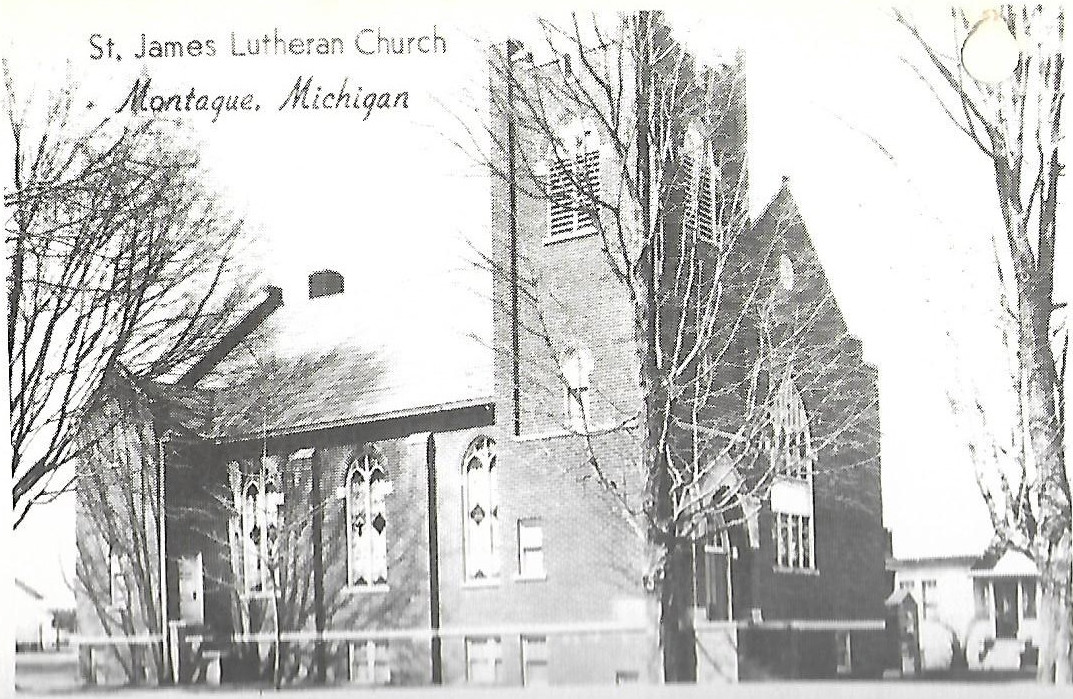
In 1968, expansion was needed, especially for education purposes. Adjoining property to the north of the church was purchased and the plans were to include a narthex, offices, restrooms and classroom on the main level and a new kitchen, fellowship hall with stage and restrooms in the basement of the new addition.
In 1996, plans were made to expand the narthex, add new office spaces, a conference room and two new classrooms for Good Shepherd Preschool. The new expansion also created handicap accessibility to the church with ground level entrances, handicap accessible restrooms and an elevator.
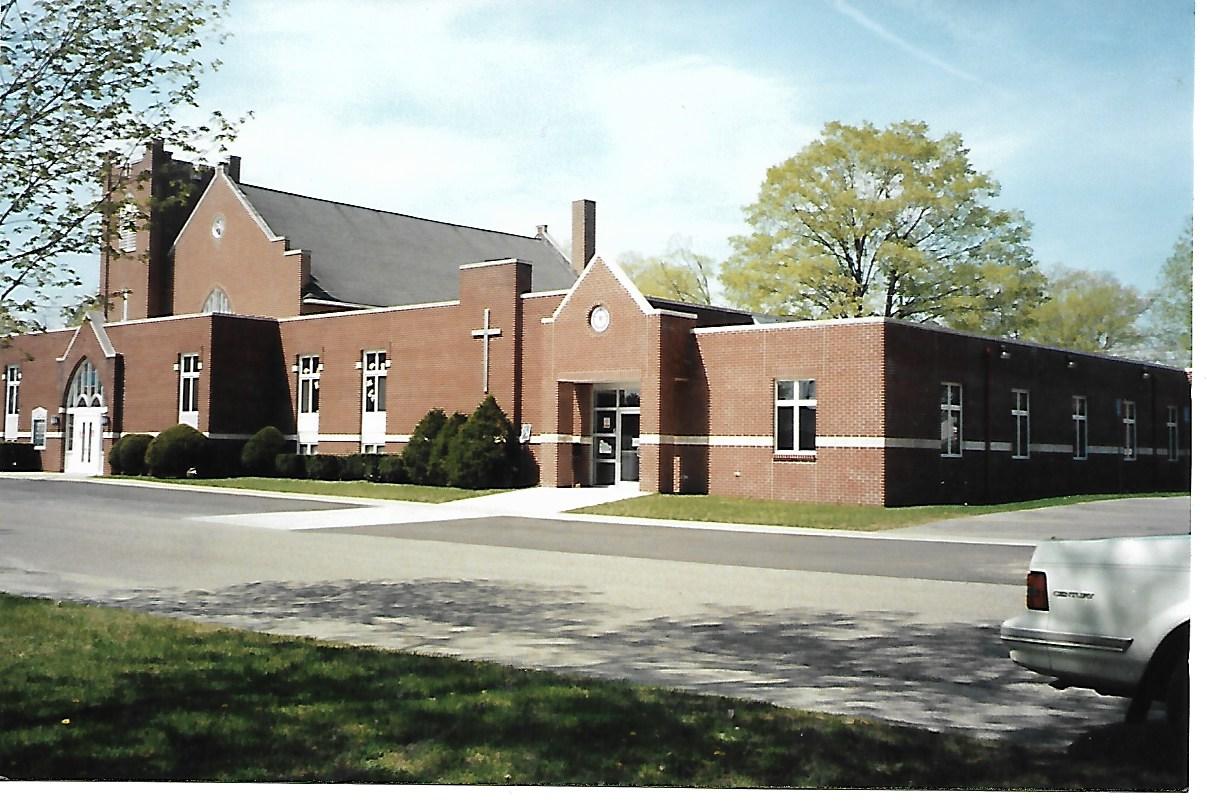
In 2010, the current church spaces were inadequate for a quality Junior High and Senior High Youth program. The Youth House was designed and built by members of the congregation. A construction company owned by one of the members donated materials and oversight.
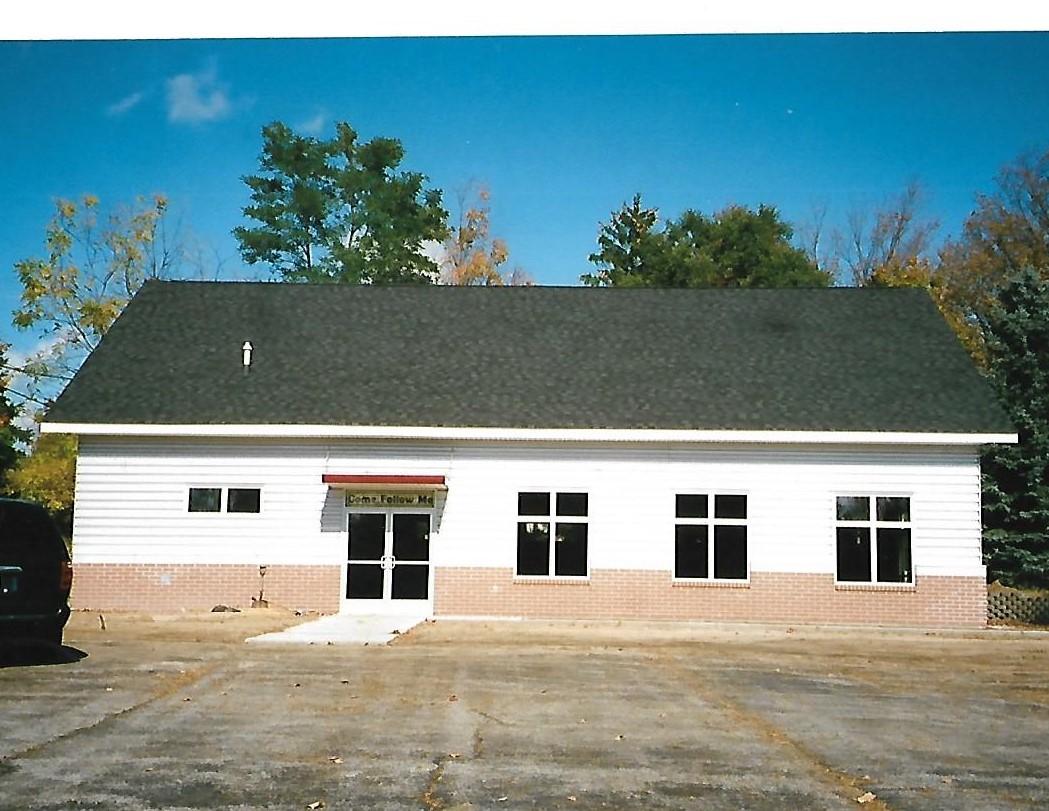
In 2022, St. James Lutheran Church – Missouri Synod will recognize and celebrate our Sesquicentennial. We are honored and privileged to continue to display the Banner of Jesus Christ. “God’s Word and Luther’s Doctrine Pure” has endured by the grace of God. May God the Father, Jesus Christ His Son and the Holy Spirit continue to bless St. James Lutheran Church.
Faithful Servants of God's People at St. James
| Henry Torney | 1872 to 1890 |
| William Randolph | 1891 to 1893 |
| Frederick Hahn | 1894 to 1905 |
| J. George Neuchterlein | 1905 to 1912 |
| Frederick Schriefer | 1912 to 1927 |
| Albert G. Krug | 1928 to 1964 |
| Robert Seizinger | 1966 to 1967 |
| Lorne Rhul | 1967 to 1977 |
| Walter Teske | 1977 to 1989 |
| John Brooks | 1990 to 2022 |
| Eric Nelson | 2024 to present |
